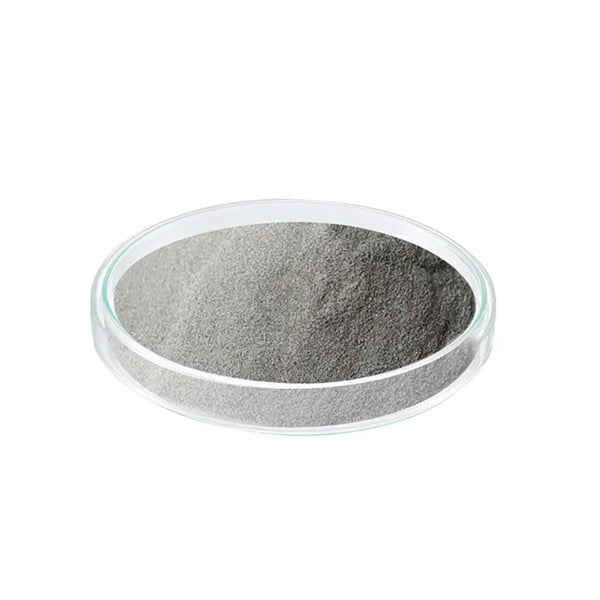
HIP에서 생산할 수 있는 금속 분말은 무엇입니까?
작은 금속 입자로 이루어진 캔버스에서 복잡한 부품을 제작한다고 상상해 보세요. 이것은 공상 과학 소설이 아니라 금속 분말을 고성능 부품으로 변환하는 혁신적인 기술인 열간 등방성 프레스(HIP)의 현실입니다. 그렇다면 이 공정과 호환되는 금속 분말에는 어떤 것들이 있을까요? 곧 소개해 드리겠습니다.

작은 금속 입자로 이루어진 캔버스에서 복잡한 부품을 제작한다고 상상해 보세요. 이것은 공상 과학 소설이 아니라 금속 분말을 고성능 부품으로 변환하는 혁신적인 기술인 열간 등방성 프레스(HIP)의 현실입니다. 그렇다면 이 공정과 호환되는 금속 분말에는 어떤 것들이 있을까요? 곧 소개해 드리겠습니다.
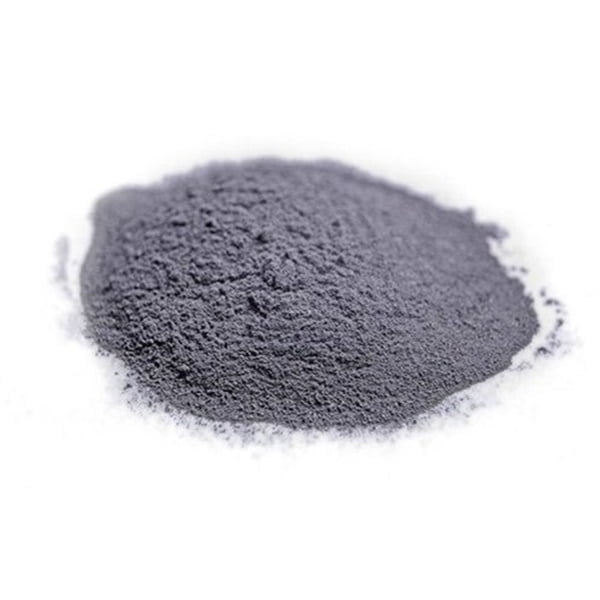

선택적 레이저 용융(SLM)은 디지털 모델에서 직접 복잡한 고성능 금속 부품을 제작할 수 있도록 제조에 혁신을 가져왔습니다. 하지만 이 기술의 핵심에는 금속 분말이라는 중요한 재료가 있습니다. 밀가루의 품질이 최종 케이크에 영향을 미치는 것처럼, 올바른 금속 파우더는 다음과 같은 중추적인 역할을 합니다.

금속 3D 프린팅의 세계는 복잡하고 견고한 부품을 제작할 수 있는 가능성으로 가득 찬 매혹적인 곳입니다. 하지만 이 영역에서 두 가지 거물이 눈에 띕니다: 바로 전자빔 용융(EBM)과 지향성 에너지 증착(DED)입니다. 두 기술 모두 집중된 열원을 사용하여 부품을 레이어별로 제작하지만, 두 기술 모두
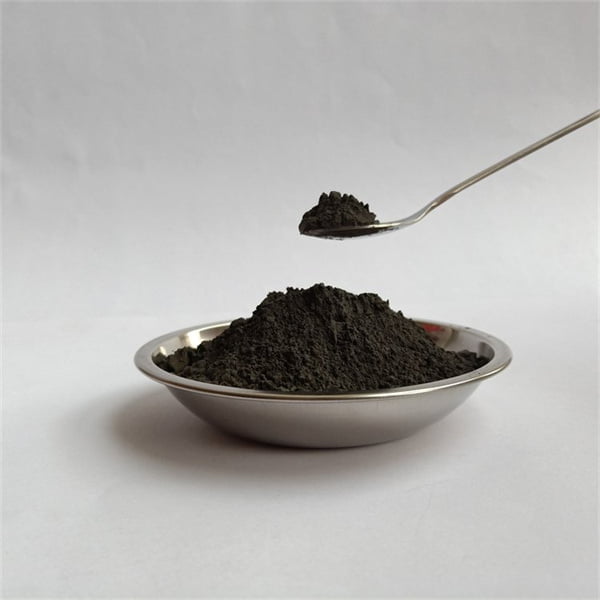
복잡한 금속 물체를 한 겹 한 겹 세심하게 제작하여 디자인을 완성한다고 상상해 보세요. 이것이 바로 금속 적층 제조의 마법이며, 두 가지 주요 기술이 이 분야를 지배하고 있습니다: 바로 재료 제팅과 전자빔 용융(EBM)입니다. 하지만 프로젝트에 가장 적합한 기술은 무엇일까요? 깊이 들어가 보겠습니다.
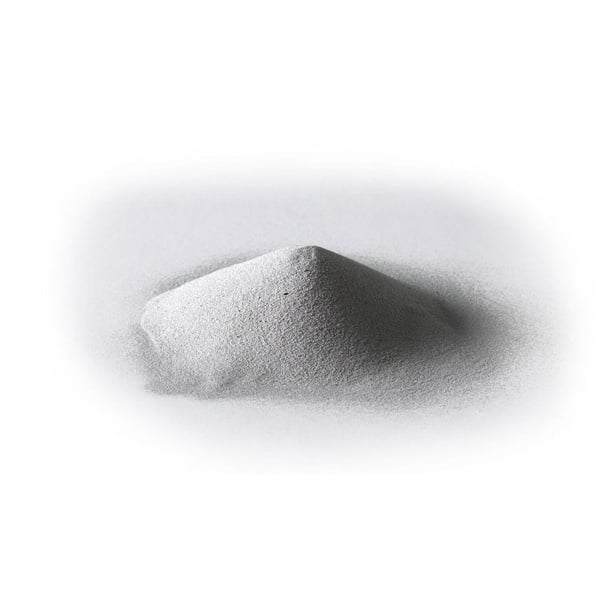
3D 프린팅의 세계는 계속해서 빠른 속도로 발전하고 있으며 복잡한 금속 물체를 제작할 수 있는 흥미로운 가능성을 제공합니다. 하지만 수많은 기술이 경쟁하고 있기 때문에 프로젝트에 적합한 기술을 선택하는 것은 어려운 일이 될 수 있습니다. 이 분야에서 두 가지 주요 경쟁자는 전자 빔 멜팅입니다.
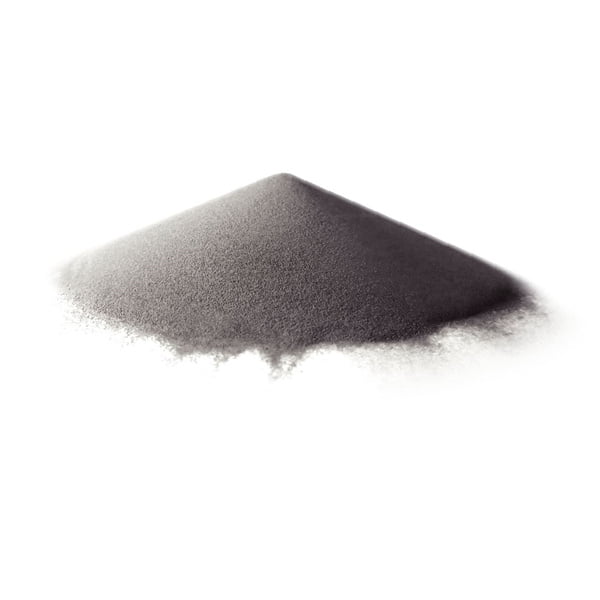
복잡한 금속 물체를 한 층씩 쌓아 올리고 각 층을 세심하게 융합하여 최종적인 3차원 걸작을 만든다고 상상해 보세요. 이것은 공상 과학 소설이 아니라 3D 프린팅이라고도 하는 금속 적층 제조의 마법입니다. 하지만 이 창조의 영역에는 두 가지 거인이 있습니다: 전자빔 용융(EBM)과 다이렉트

니켈 기반 합금 3D 프린팅 금속 분말은 적층 제조 분야의 판도를 바꾸고 있습니다. 레이저 또는 전자빔을 사용하여 금속 분말 층을 융합하여 디지털 파일에서 직접 복잡한 고성능 부품을 제작한다고 상상해 보세요. 이것은 공상 과학 소설이 아니라 니켈을 이용한 3D 프린팅의 현실입니다.
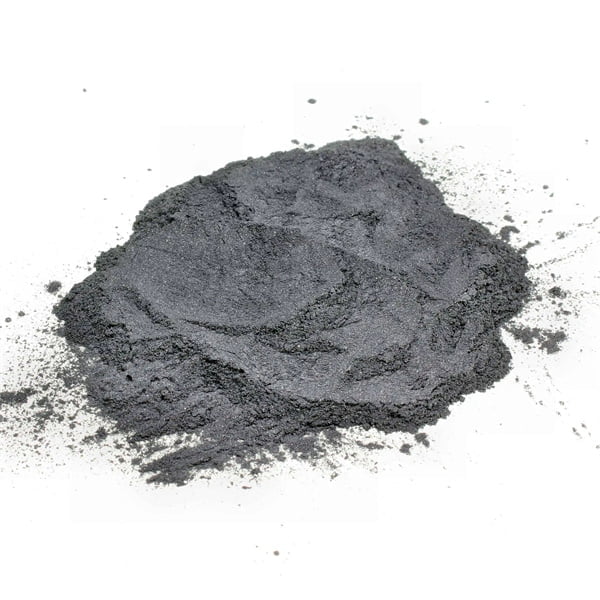
알루미늄의 강도와 다재다능함에 3D 프린팅의 독보적인 자유로움을 더해 복잡한 물체를 제작한다고 상상해 보세요. 3D 프린팅 알루미늄 합금 분말을 사용하면 이러한 혁신적인 비전이 현실이 되어 기능성 부품을 설계하고 제조하는 방식에 혁신을 가져올 수 있습니다. 이 가이드를 자세히 살펴보고 이 놀라운 기술의 비밀을 알아보세요.
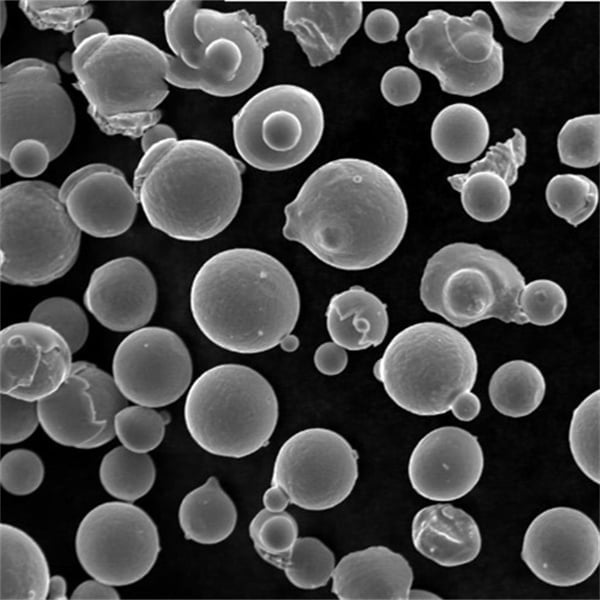
3D 프린팅의 세계는 제조업에 혁명을 일으켜 전례 없는 수준의 디자인 자유와 복잡한 부품 제작의 문을 열었습니다. 하지만 이러한 혁신의 원동력은 무엇일까요? 오늘날 우리가 경외심을 불러일으키는 놀라운 물체가 되는 미세한 빌딩 블록인 금속 분말의 세계로 들어가 보세요. 이러한 분말 중에서도 티타늄 합금 Ti6Al4V는 다음과 같이 대표적입니다.

Imagine crafting intricate components from a canvas of tiny metal particles. This isn’t science fiction; it’s the reality of Hot Isostatic Pressing (HIP), a revolutionary technique that transforms metal powders into high-performance parts. But what kind of metal powders are compatible with this process? Buckle up, because we’re about to embark on a journey exploring

Have you ever wondered how seemingly solid objects like turbine blades or artificial hip joints can be crafted with such intricate details and remarkable strength? The answer lies in a fascinating technology called Hot Isostatic Pressing (HIP). Imagine squeezing a material with intense pressure from all directions while simultaneously subjecting it to scorching temperatures –

Selective Laser Melting (SLM) has revolutionized manufacturing, enabling the creation of complex, high-performance metallic parts directly from digital models. But at the heart of this technology lies a crucial ingredient: metal powder. Just like the quality of flour impacts the final cake, the right metal powder plays a pivotal role in the success of an
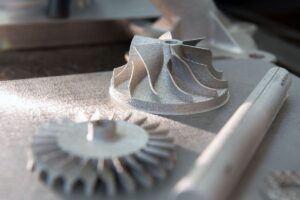
The world of metal 3D printing is a fascinating landscape, brimming with possibilities for creating complex and robust components. But within this realm, two titans stand out: Electron Beam Melting (EBM) and Directed Energy Deposition (DED). While both utilize a focused heat source to build parts layer by layer, their underlying processes and resulting products
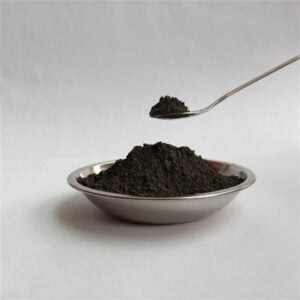
Imagine crafting intricate metal objects layer by layer, with each pass meticulously building your design. That’s the magic of metal additive manufacturing, and two prominent technologies dominate the scene: Material Jetting and Electron Beam Melting (EBM). But which one reigns supreme for your project? Buckle up, because we’re diving deep into a head-to-head comparison, dissecting
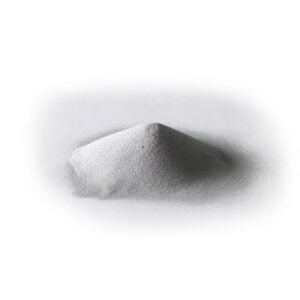
The world of 3D printing continues to evolve at a breakneck pace, offering exciting possibilities for creating complex metal objects. But with so many technologies vying for attention, choosing the right one for your project can be a daunting task. Two prominent contenders in this arena are Electron Beam Melting (EBM) and Binder Jetting. Both
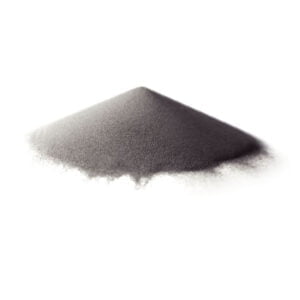
Imagine building complex metal objects layer by layer, with each layer meticulously fused to create a final, three-dimensional masterpiece. This isn’t science fiction; it’s the magic of metal additive manufacturing, also known as 3D printing. But within this realm of creation lie two titans: Electron Beam Melting (EBM) and Direct Metal Laser Sintering (DMLS). While

Nickel-based alloy 3D printing metal powder is a game-changer in the world of additive manufacturing. Imagine crafting intricate, high-performance parts directly from a digital file using a laser or electron beam to fuse layers of metal powder together. This isn’t science fiction; it’s the reality of 3D printing with nickel alloys, and it’s opening doors
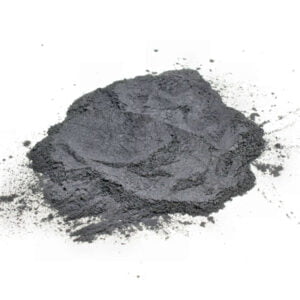
Imagine crafting complex objects with the strength and versatility of aluminum, but with the unparalleled freedom of 3D printing. This transformative vision becomes reality with 3D Printing Aluminum Alloy Powder, revolutionizing the way we design and manufacture functional parts. Delve into this guide to unlock the secrets of these remarkable materials, exploring their properties, applications,

The world of 3D printing has revolutionized manufacturing, opening doors to unprecedented levels of design freedom and intricate part creation. But what fuels this innovation? Enter the realm of metal powders, the microscopic building blocks that become the awe-inspiring objects we see today. Amongst these powders, titanium alloy Ti6Al4V reigns supreme, offering a unique blend
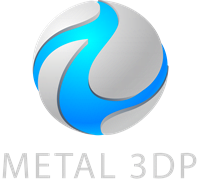
3D 프린팅 및 적층 제조용 금속 분말